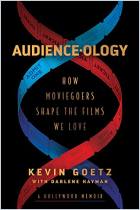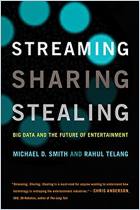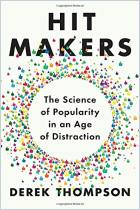
Recommendation
This exciting, well-written and even suspenseful book covers the making of three movies released July 4, 2003. Authors Dade Hayes and Jonathan Bing offer insights, information and great stories as they track Terminator 3, Legally Blonde 2 and the animated Sinbad. The authors make powerful comparisons between the ways the three films were conceived, shot and marketed. Each studio had huge investments at stake as these films wound their way through pre-production and production and into the arcane world of distribution and exhibition. The hardball techniques used to promote multi-million dollar movies hold lessons for anyone in marketing and branding. Therefore, getAbstract recommends this behind-the-scenes account which includes some terrific yarns. It unveils Hollywood’s tangled, convoluted efforts to get fans worldwide to part with a few dollars for a relaxing night at the movies, which, by the way, are not the least bit relaxing for the people who create them.
Summary
About the Authors
Dade Hayes is a managing editor of special reports at Variety. His articles have appeared in the Los Angeles Times, TV Guide and Premier. Jonathan Bing is deputy managing editor at Variety. His articles have been published in The Nation, Entertainment Weekly and The Village Voice.
















Comment on this summary or Iniciar a Discussão